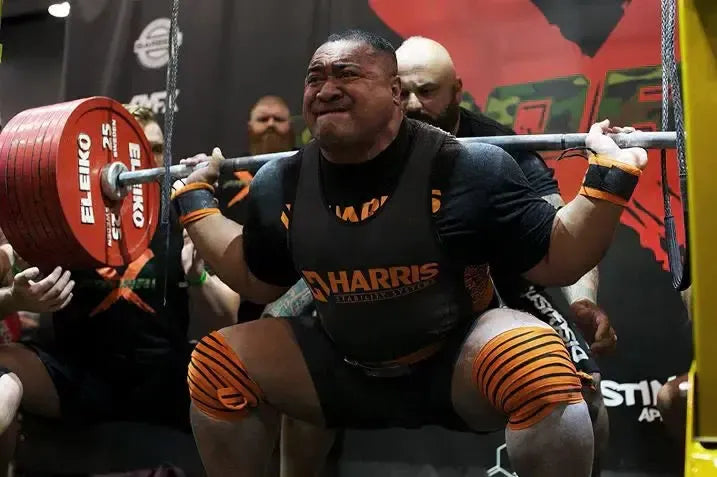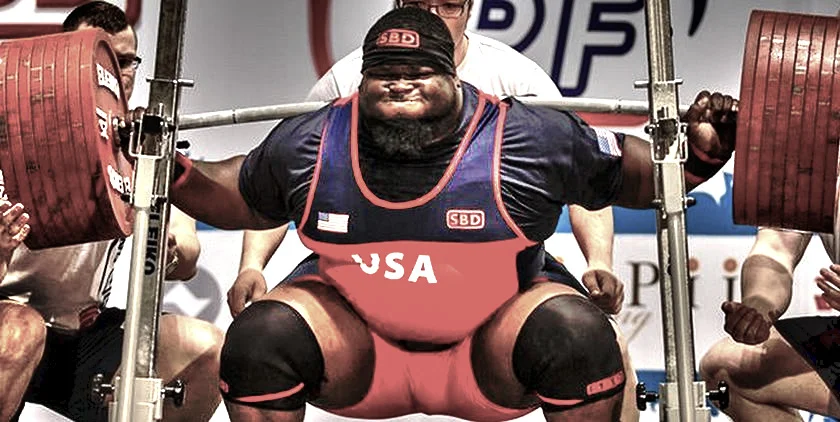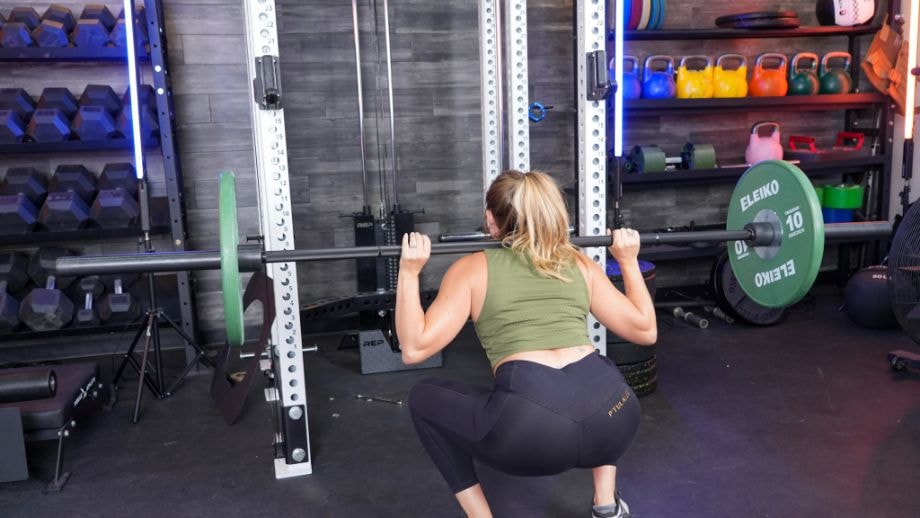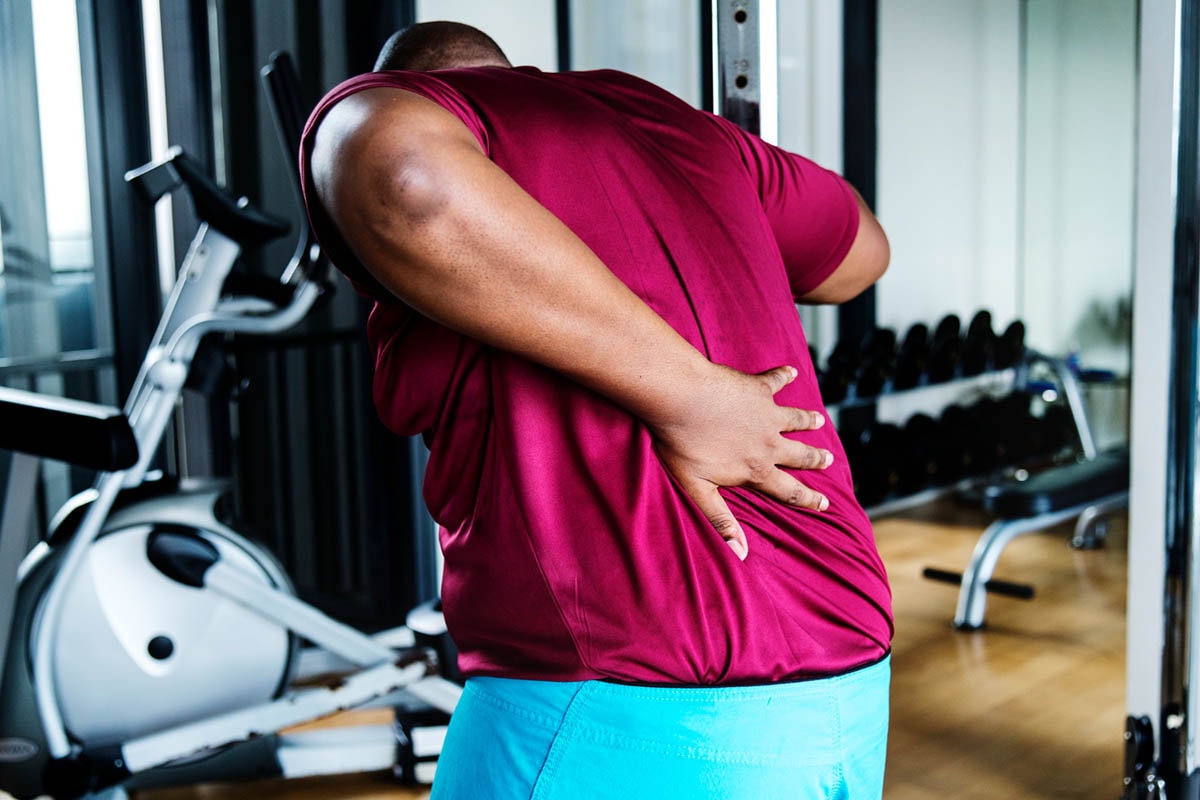
Powerlifting for Beginners: Start Strong, Lift Smart
Share
"You don't have to be great to start, but you have to start to be great." — Zig Ziglar
Powerlifting is one of the most empowering and accessible strength sports out there. Whether you're lifting in a home gym or chasing the world championships with the International Powerlifting Federation or Powerlifting America, this sport has space for everyone, from the average person to the top lifters.
In this guide, we'll break down how to start powerlifting with confidence. You'll learn about powerlifting equipment, rules, training plans, and how to train with proper form and purpose.
What Is Powerlifting?
Powerlifting is a strength training sport built around three key lifts: the squat, the bench press, and the deadlift. Collectively called the three lifts, these are the backbone of any training session.
In a powerlifting competition, each athlete gets three attempts per lift. Your highest successful lift from each is added to calculate your total.
Unlike Olympic lifting, powerlifting is not about speed or explosive movement. Instead, it's about raw, controlled strength. The focus is on proper depth, good form, and building the ability to move heavier weights safely.

Why Powerlifting Is Growing Globally
Organisations like the International Powerlifting Federation, European Powerlifting Federation, and Powerlifting America continue to grow the sport across countries. Events like the World Championships bring together athletes from every continent.
Online forums such as T Nation and platforms like Elite FTS share expert insights on accessory movements, main exercises, and training techniques. From westside barbell methods like the dynamic effort method to classic linear progression models, there's more information available now than ever.
And yes, powerlifters come in every shape, size, and background. This sport is for everyone—not just professionals in multi ply squat suits and deadlift suits, but beginners in single ply gear or no supportive equipment at all.
Essential Powerlifting Equipment
To get started, you don't need a fully kitted gym. Here's what you'll need in terms of basic powerlifting equipment:
- Powerlifting Bar (standard or cambered bar for variation)
- Plates
- Power rack
- Flat bench
- Lifting belt
- Wrist wraps, knee sleeves, or knee wraps (optional, but common)
- Proper shoes (flat soles preferred for squats and deadlifts)
As you progress, you may explore additional powerlifting gear like bench shirts or squat suits, but these are typically used in equipped lifting or multi ply divisions.
Understanding Weight Classes
Powerlifting competitions group lifters by weight class to ensure fairness. You'll never be directly compared to someone much heavier or lighter than you. Your performance is judged within your own category.
Common weight classes differ slightly between federations, but the principle stays the same. Whether you're lifting 59 kg or 120+ kg, there's a place for you.
Scoring systems like IPF Points or Wilks take bodyweight into account, ensuring that lighter lifters competing with good form are rewarded for pound-for-pound strength.
How to Train for Powerlifting
Step 1: Build a Solid Training Plan
A well-designed training plan is essential. Programmes should focus on:
- The three lifts: squat, bench press, and deadlift
- Supporting accessory movements like good mornings, rows, and tricep work
- Varying rep ranges: low reps for strength, higher for hypertrophy or skill work
Look for structured cycles (like 8–12 weeks) with proper deloads. Don't neglect intense training days, but balance them with technique-focused work.

Step 2: Train With Purpose
Each training session should have a goal: build strength, refine technique, or increase volume. The key is consistency.
Training with partners is a huge plus. Training partners keep you accountable, offer feedback on form, and bring the energy when your motivation dips.
Step 3: Prioritise Injury Prevention
Injuries can happen in any sport. But proper warm-ups, smart weight training progression, and recovery habits will go a long way. Focus on:
- Shoulder mobility and tight shoulder blades in the bench press
- Core engagement in all three lifts
- Controlled eccentrics and full ROM (proper depth is non-negotiable!)

Your First Powerlifting Meet
You don't need to be elite to compete. Just willing. Sign up for a local powerlifting meet, follow the rules, and hit your competition standards.
Remember:
- You get three attempts per lift
- Your heaviest successful lifts are counted toward your total
- Every lifter is judged to the same standard
Show up. Give it your best. That's a great meet.
Final Thoughts
Powerlifting exercises change lives. It builds resilience, structure, and confidence. It teaches you how to train with intention, recover with purpose, and face challenges head-on.
You don't have to be a seasoned powerlifter to start. You just have to start.
So load the bar. Grip it tight. And see what you're capable of.
